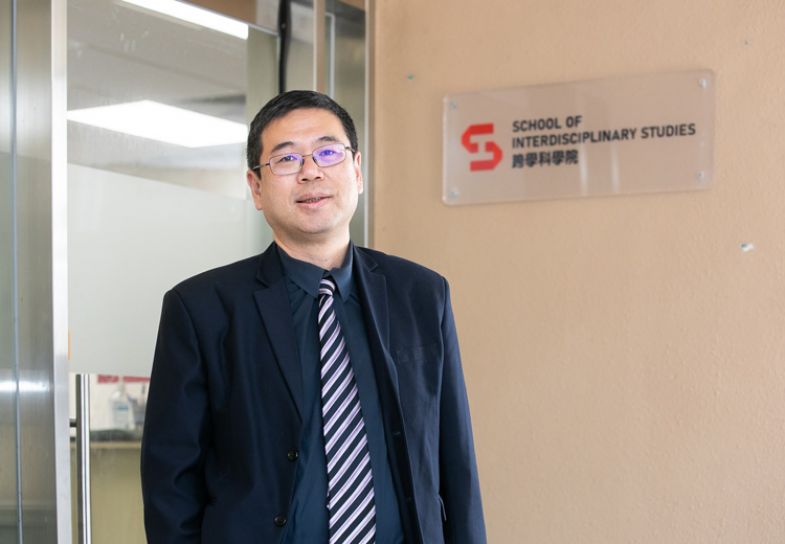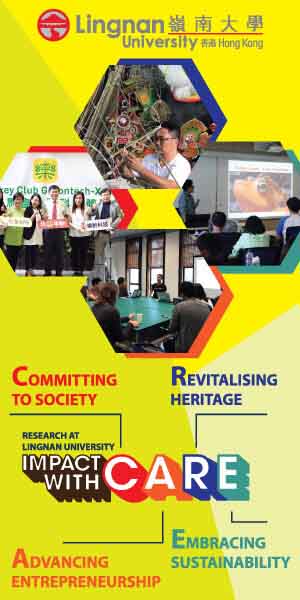
Researchers at Lingnan University are developing advanced nanoporous materials that can capture carbon from the air or smaller emission sources
“Research is best amplified if it is based on the needs of our society, industry, our nation or the world,” says Xi Chen, chair professor of interdisciplinary studies at Lingnan University in Hong Kong.
A materials scientist by training, Chen and colleagues have pioneered a simple, mature prototype to pull carbon out of the atmosphere. “As scientists and engineers, we have to do something to directly pull carbon dioxide out of the air; we cannot just slow down the process,” he says.
The high levels of greenhouse gases such as carbon dioxide in the atmosphere are raising global temperatures, with serious consequences for ecosystems and humanity. The United Nations calls climate change a global emergency that transcends national borders and requires coordinated efforts and solutions from various disciplines.
“At Lingnan University, we work to develop advanced materials to address several big challenges, and one of the biggest ones is climate change,” says Chen.
During his time as a professor of earth and environmental engineering at Columbia University in the United States, Chen and colleagues developed nanoporous materials that absorb carbon dioxide from the air when it is dry and releases carbon dioxide when wet. “We have published close to 100 technical papers on this particular topic,” he says, adding that this technology also forms the basis of Asia’s first direct air-capture factory in Xi’an, China.
There are many applications for the carbon dioxide that the material captures. Farmers can use it as feedstock for their fruit and vegetables, particularly in low-crop-yielding countries, and construction companies can incorporate it into their cement and building materials. It could also be applied during solid waste treatment. “We have created perhaps the world’s first complete loop of direct air capture,” Chen says.
At Lingnan University, Chen is taking the research even further. “In the past, governments and society only paid attention to the gigantic carbon producers, such as power plants and chemical factories,” he explains. However, individuals and companies are also responsible for large quantities of carbon emissions. For example, in the United States, cars and aeroplanes account for nearly 40 percent of total carbon emissions. There are also many distributed, small or mobile emission sources that are difficult to capture using conventional point-source carbon capture technologies.
To address this large gap in carbon mitigation, Chen and fellow researchers have invented new industrial-scale materials and devices to that are better suited to capturing carbon dioxide from the air or smaller emission sources. “We may capture carbon dioxide on-site where it is needed so that the transportation cost is minimised,” he says. With its heavy traffic of aeroplanes, cars and ships, coupled with the lack of large conventional factories, Hong Kong is a “perfect testbed” for a distributed network for carbon capture and utilisation, he adds.
The university is also the ideal place to further research, says Chen, who is also dean of the School of Interdisciplinary Studies. “Lingnan University works with multiple agencies in Hong Kong, the Greater Bay Area and mainland China. We want to become a leader in the region for entrepreneurship and fostering new technologies.”
Find out more about Lingnan University.















